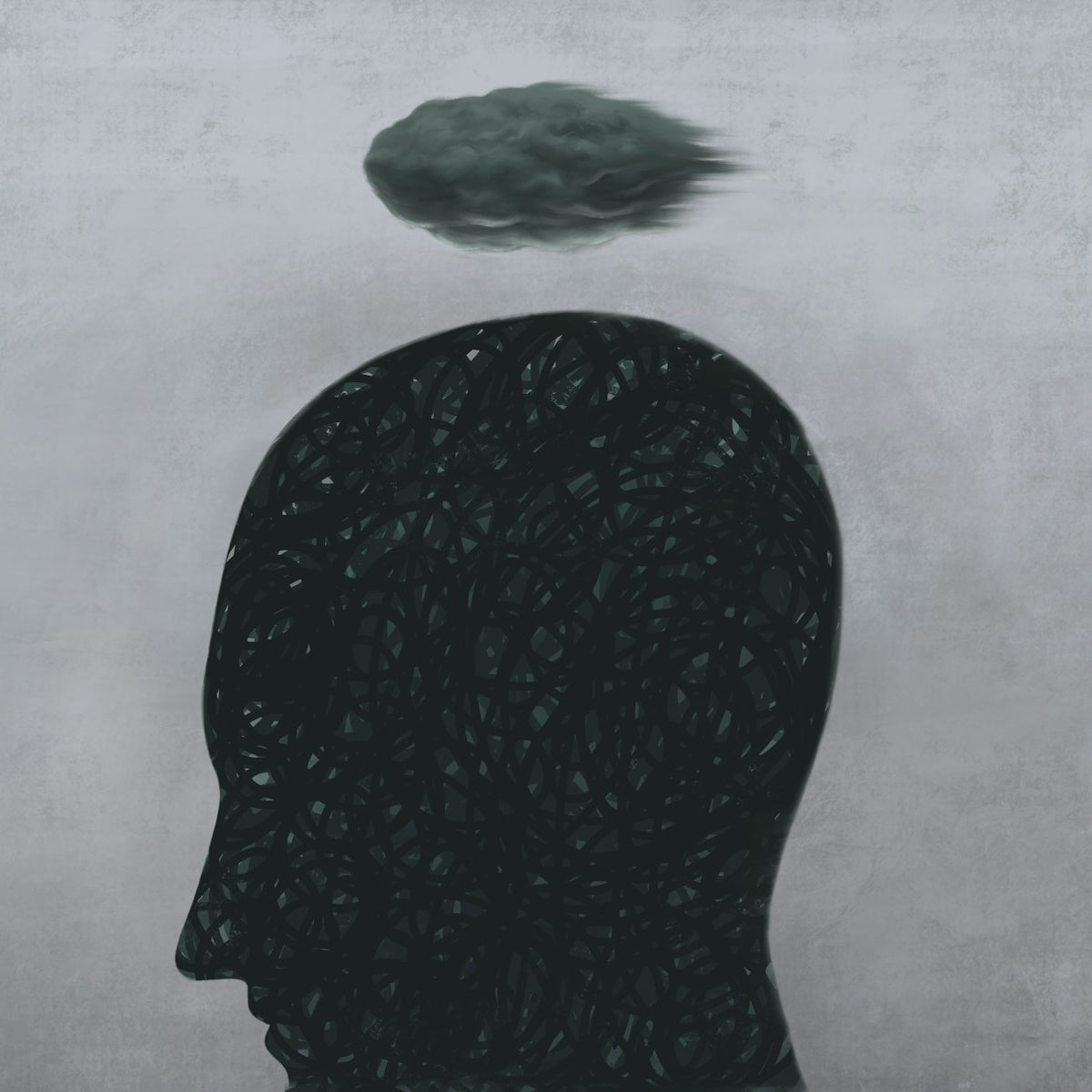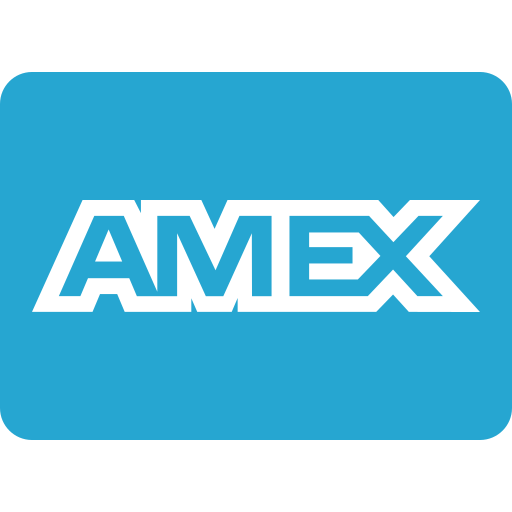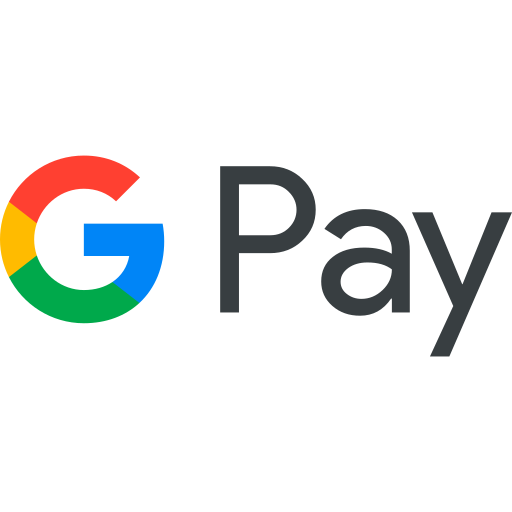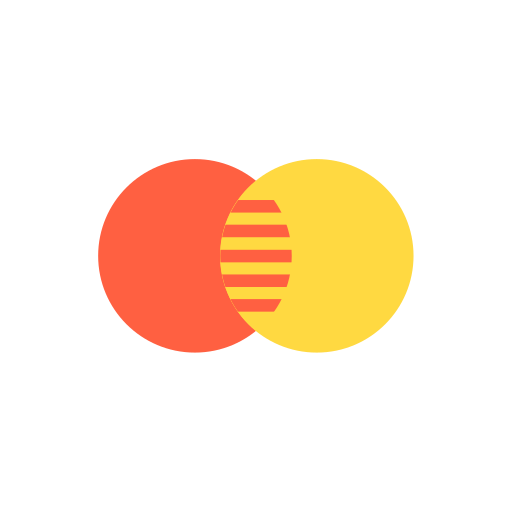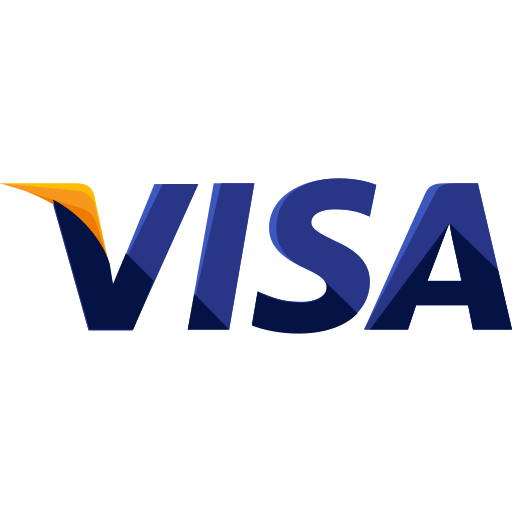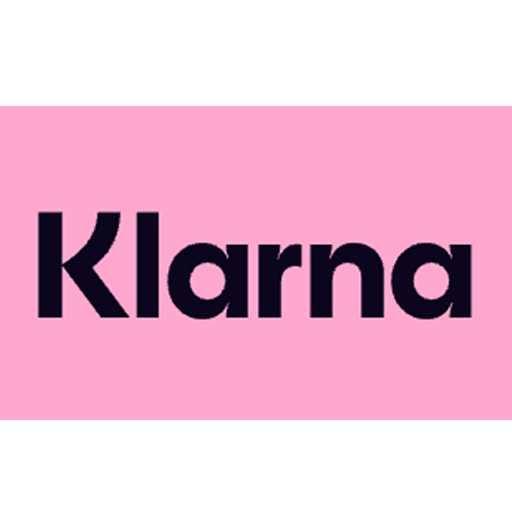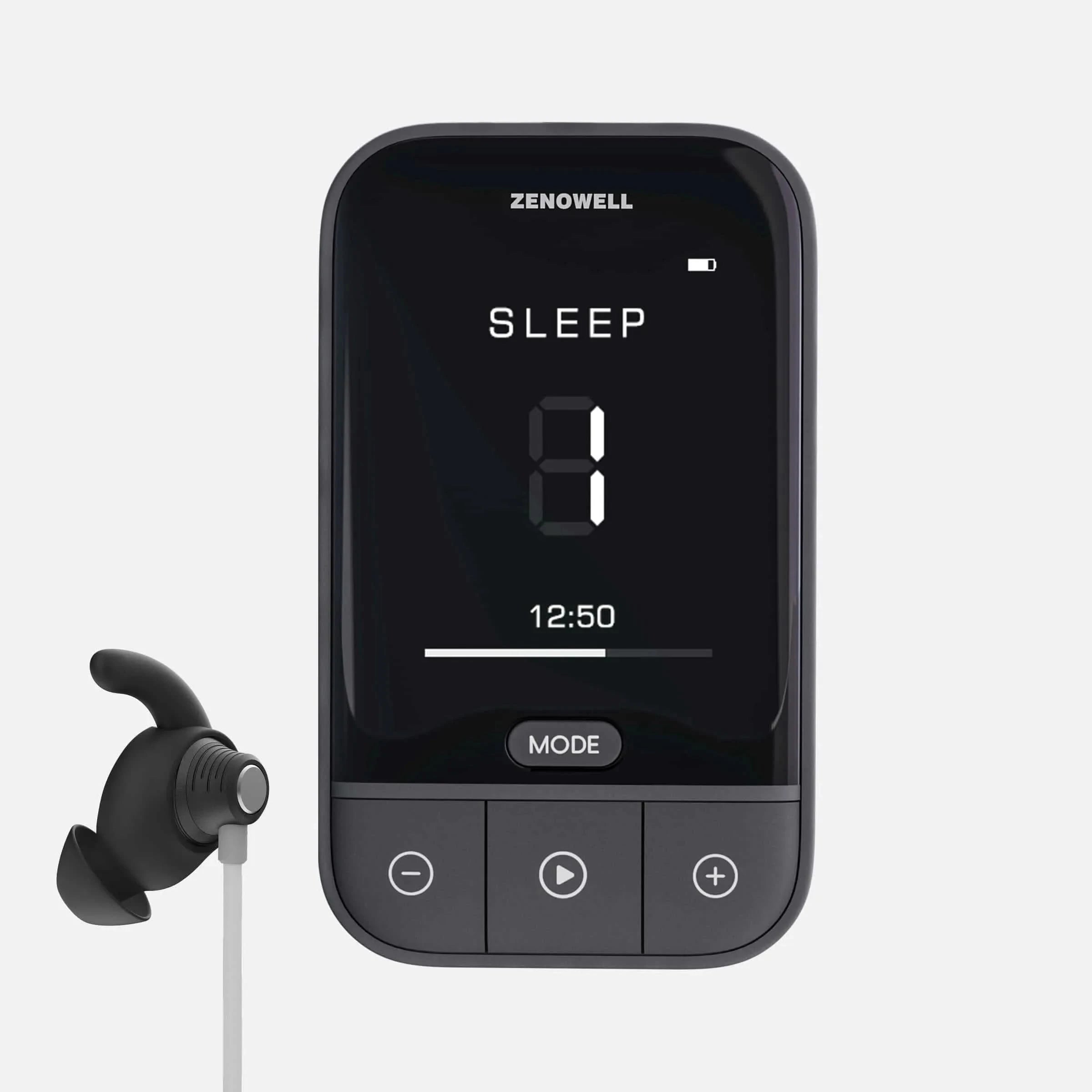As non-invasive vagus nerve stimulation (nVNS) becomes increasingly recognized for its potential in sleep, stress, pain, fatigue, and autonomic and central nervous regulation, more device types have entered the field. Yet their scientific pathways differ significantly.
This article explains the fundamental differences among three major approaches:
-
ZenoWell’s auricular taVNS (cymba + cavum conchae stimulation)
-
Tragus-only auricular stimulation
-
Transcutaneous cervical VNS (tcVNS) applied to the neck
And why ZenoWell follows a more anatomically precise, clinically grounded route.
Different Pathways Begin With Different Nerves: Cymba/Cavum vs. Tragus vs. Cervical Stimulation
✔ ZenoWell: Targeting the most reliable vagal zones in the ear
ZenoWell stimulates two key auricular regions:
These areas are the gold-standard regions in most clinical taVNS studies, due to their direct and consistent vagal connectivity.
✔ Tragus-only stimulation
Some taVNS devices stimulate only the tragus, an area that is:
This means its vagal specificity is lower and less predictable than cymba conchae stimulation.
✔ Cervical VNS (neck-based)
Neck-based devices target the region near the carotid artery, but this area contains:
-
skin
-
muscle
-
fascia
-
blood vessels
-
multiple mixed nerves
The stimulation must pass through multiple layers to possibly reach the vagus nerve. This makes the actual nerve engagement:
-
uncertain
-
variable across individuals
-
dependent on skin thickness, anatomy, and electrode placement
Additionally, the cervical vagus nerve contains both afferent and efferent fibers. External stimulation could affect either pathway — but it is not clear which one is being activated.
Why ZenoWell chooses the auricular route
Auricular vagus branches are:
-
purely afferent (sensory → brain)
-
directly connected to the nucleus tractus solitarius (NTS)
-
the most consistent, reproducible, and safest route for neuromodulation
This results in clearer mechanisms and more predictable physiological outcomes.
Mechanism Matters: Clear Input vs. Uncertain Pathways
✔ Ear-based taVNS (ZenoWell)
Auricular afferent fibers → brainstem (NTS) → downstream influence on:
This pathway is well-documented through:
✔ Cervical VNS (tcVNS)
If stimulation reaches the vagus nerve, it may affect:
However, because stimulation must penetrate:
-
skin
-
tissue
-
muscles
-
vascular structures
…the activation pattern is uncertain, leading to broader variability in outcomes.
This is why ear-based taVNS is favored in many academic research programs.
Parameter Philosophy: Why ZenoWell Rejects “One Mode Fits All”
We believe neuromodulation is like playing a piano:
Different keys (parameters) → Different effects (physiological outcomes).
✔ ZenoWell Modes
Each stimulation mode is based on:
-
vagal fiber types
-
autonomic targets (ventral vagal, sympathetic, dorsal vagal)
-
findings from published clinical research (not just by us)
Vita: Sleep · Relax · Medit Luna: Relief · Sleep · Relax · Medit
Each uses unique, indication-specific patterns.
✔ Tragus-only devices
Often use one uniform mode, regardless of indication, which may not reflect the functional diversity of vagal pathways.
✔ Cervical devices
Also typically use limited parameter sets, despite stimulating mixed nerve fibers.
App Philosophy: Simple First — With Personalization as an Optional Layer
We design technology to be:
Currently, ZenoWell devices do not require an app.
We are developing an app to provide optional personalization using:
-
HRV
-
resting heart rate
-
sleep metrics
-
stress indicators
Our commitment (now explicitly clarified):
ZenoWell devices will always be fully usable without any app or subscription. Users will never lose access to stimulation functions if they choose not to subscribe or do not have internet access.
The app will remain an optional enhancement, not a requirement.
Summary: Advantages and Shared Challenges in the Field
ZenoWell Advantages
-
Most precise anatomical targeting (cymba + cavum)
-
Pure afferent pathway → predictable brainstem activation
-
Ergonomic conductive-silicone electrodes (comfort and fit)
-
Multiple symptom-specific modes
-
No required app, no required subscription
-
Parameters chosen based on mechanistic and clinical evidence
Challenges shared by all neuromodulation devices
-
individual anatomical differences
-
skin impedance variability
-
difficulty optimizing parameters for each user and condition
-
translating lab findings into everyday real-world consistency
We embrace these challenges — they represent the frontier of neuromodulation science. ZenoWell aims to be one of the first teams to systematically solve parameter personalization grounded in real physiology and neuroscience.
Final Thoughts
Neuromodulation is not a miracle button — it is a scientific discipline still evolving.
But through precise anatomy, thoughtful parameters, global design, and a commitment to simplicity and accessibility, ZenoWell offers a next-generation approach to auricular vagus nerve stimulation.



